Check out these amazing hotel deals!
- Save up to 30% on your hotel in Hawaii!
- Last-minute holiday hotel deals
- Top hotel deals for a new year trip
- Visiting Paris? Find the Best Deals & Reviews at TripAdvisor.
- Save 30% on hotels in Ocean City, Maryland...a TripAdvisor Top 10 Summer Destination!
- Save up to 30% on your hotel on your Winter Vacation!
- Find top-rated hotels at the lowest prices on TripAdvisor. Check rates now!
- Save up to 30% on hotels for a romantic getaway!!
There is no Wanderluster in the world who doesn’t fear the possibility of encountering, the non-welcoming species – the poisonous animals, during one of their travels.
In this article, we include a short guide on the 11 most poisonous animals in the world. This small handbook (without any scientific pretense) is perfect to put in the bag, next to your passport, to know the typical poisonous animals, their home, effects, and timing… and, above all, to stay away from them.
| Animal | Time to die | Where does she live | Position |
|---|---|---|---|
| Indian Red Scorpion | 24 hours | India and South Asia | 11 |
| Banana Spider | Within an hour | South and Central America | 10 |
| Stone Fish | Less than an hour | Pacific area | 9 |
| Taipan of the Interior | 30-45 minutes | Australia | 8 |
| King Cobra | 30 minutes | Southeast Asia | 7 |
| Pufferfish | from 20 minutes to 24 hours | Tropical seas | 6 |
| Burrow Spider | 15 minutes and up | Australia | 5 |
| Blue-ringed octopus | less than 10 minutes | Coasts of Australia and Southeast Asia | 4 |
| Poison dart frog | 5 minutes | South and Central America | 3 |
| Snail with a marbled cone | from 4 minutes to 2 hours | Tropical Pacific area | 2 |
| Jellyfish Cubozoa | 5 minutes | Tropical Pacific area | 1 |
11. Indian Red Scorpion (India and South Asia)
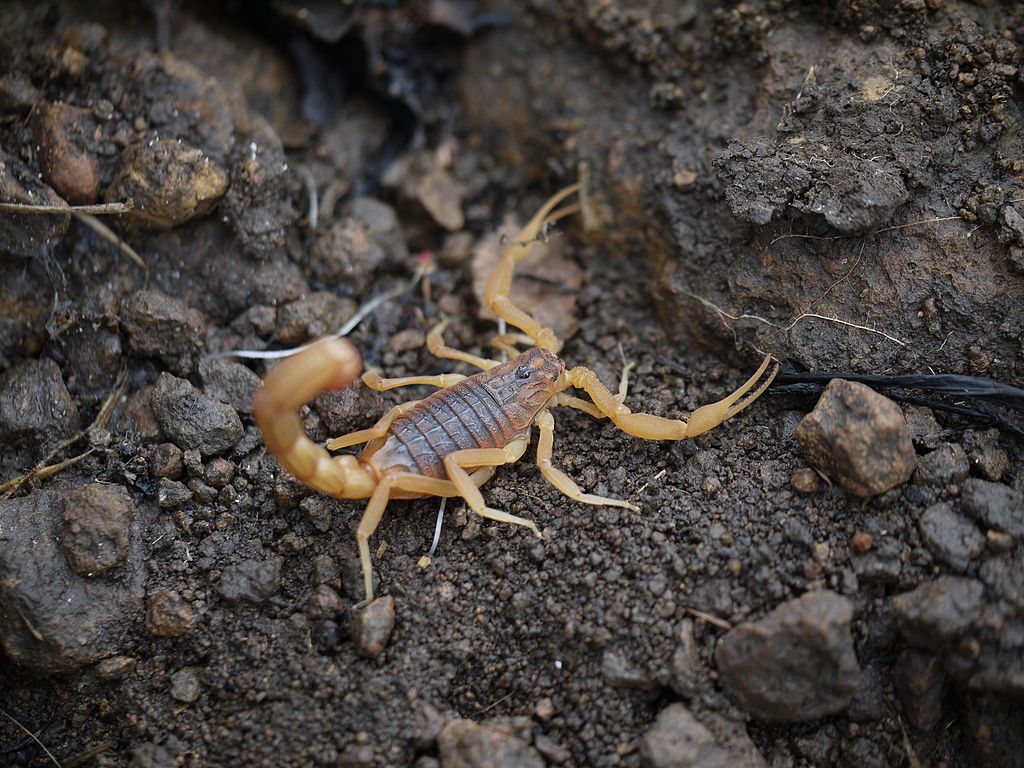
There are many species of scorpions in the world and many of them are poisonous, including the Indian Red Scorpion. It’s one of the most poisonous and lethal species, especially for children and the elderly.
It has a color between orange and brown, with a size of 60 – 90 mm, and a very large sting. It lives in flat or rocky areas, especially where mango or eucalyptus crops grow. In case of a puncture, you will feel very strong pain in the affected area, cyanosis, vomiting, cardiac arrhythmia, convulsions up to death.
10. Banana Spider (South and Central America)
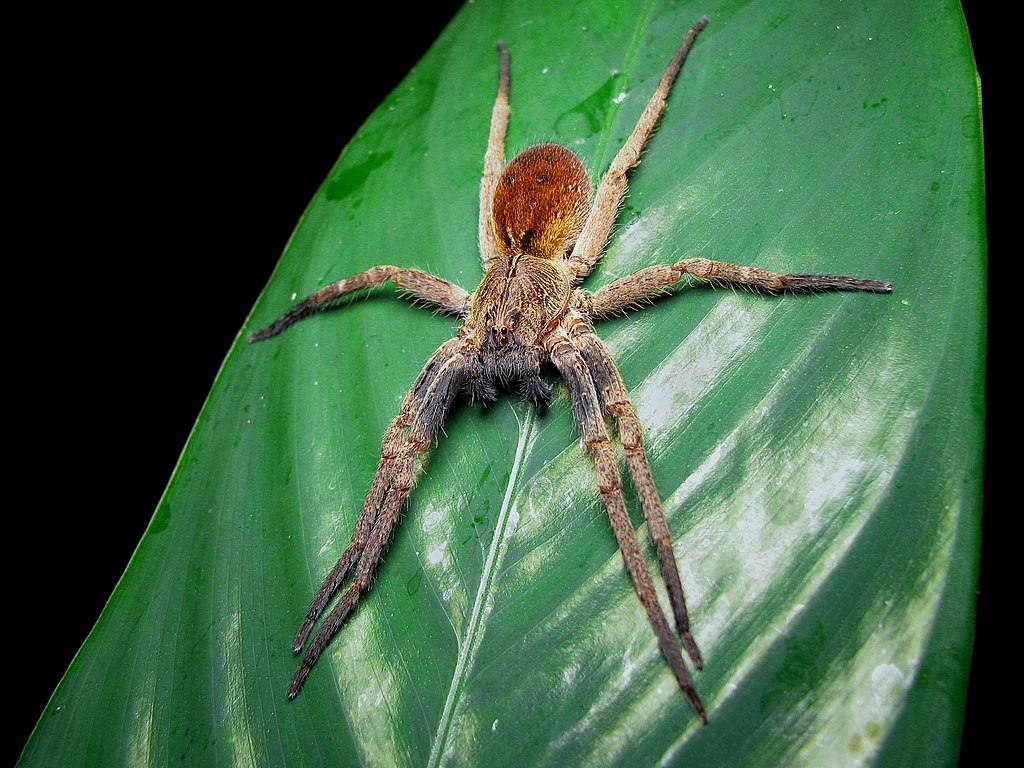
This is one of the largest spiders in the world with a size of up to 15 cm. It moves mainly at night in search of food and hides among rocks, trunks, bunches of bananas (hence the name), as well as inside houses, wet corners, clothes, shoes, or garbage during the day.
It has a brown to brownish color and the body is covered with hair. Its venom is very powerful and causes acute pain, tachycardia, vomiting, diarrhea, and often anaphylactic shock. A specific consequence for men could be an erection which could last several hours, which often leads to subsequent impotence.
9. Stonefish (Pacific Area)
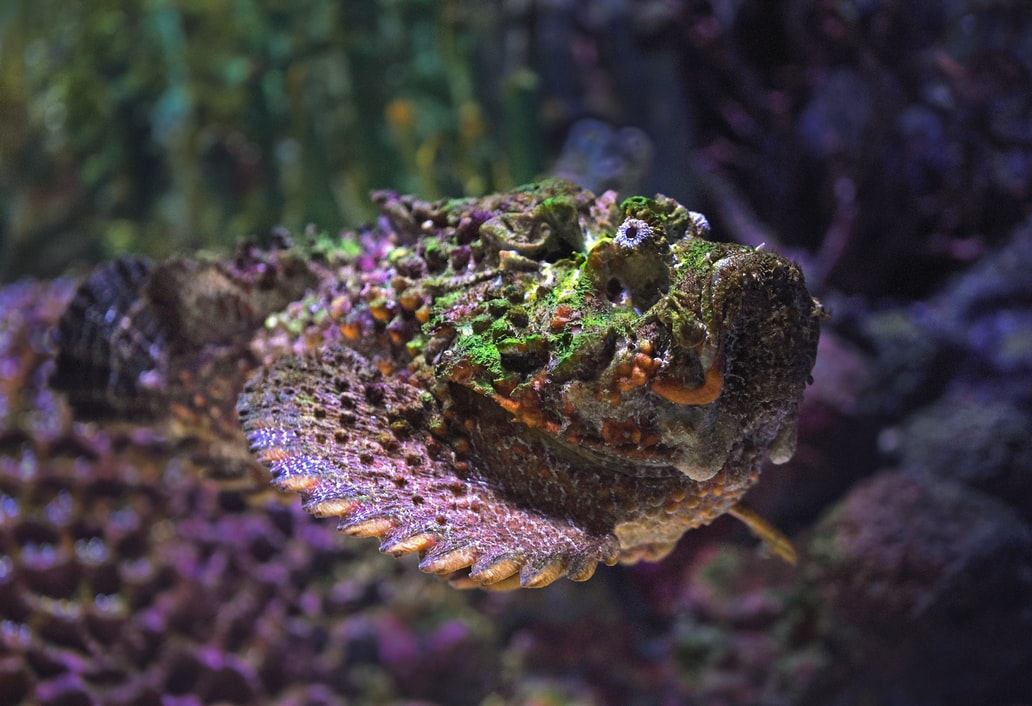
Stonefish is the second most poisonous fish in the world and has been ranked as the ugliest of all. It lives in shallow waters (about 40 cm), near the coral reefs.
Its color varies from red-pink to orange-brown and dark blue, but the fish can blend in with coral, rocks, sand, and mud.
It has 13 poisonous spikes, which could be lethal if stepped on.
8. The Inland Taipan (Australia)
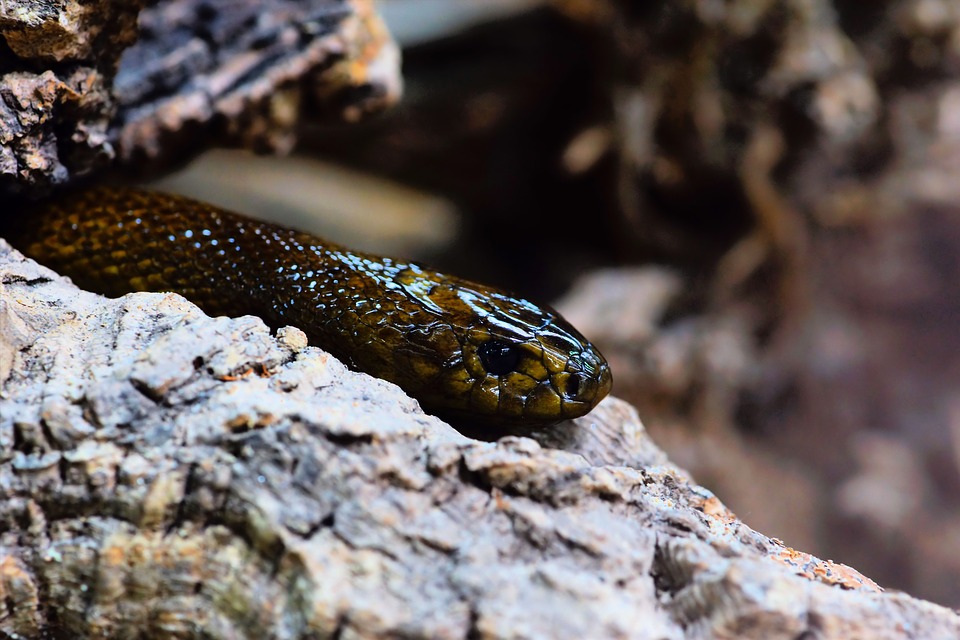
Although reluctant to human’s presence, the inland taipan is undoubtedly one of the most venomous snakes in the world. It’s some deadly, one bite of it could contain enough venom to kill one hundred adult men.
Its habitat is the arid alluvial terrain. The absence of rain typical for this type of land causes cracks in the clayey soil and that’s where this snake creeps and lives. It can be as big as 2,5 meters, has a whiptail, and is covered with very shiny scales. Its bite causes nausea, headache, abdominal pain, diarrhea, and can lead up to paralysis or suffocation.
7. King Cobra (Southeast Asia)
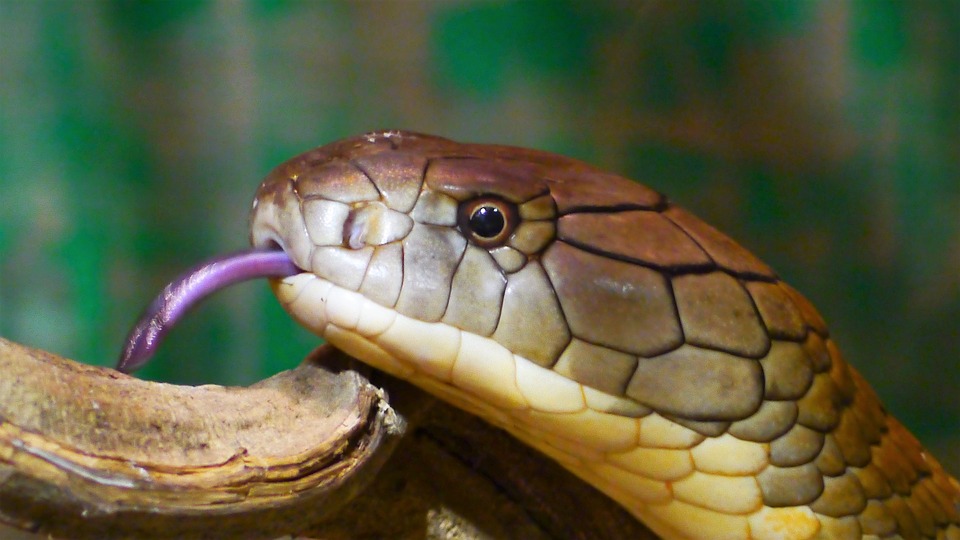
Classified as the largest and longest poisonous snake, the King Cobra could kill up to 20 adult humans with a single bite. It lives in jungles, forests, woodlands, savannahs, and mangrove swamps and usually stays away from humans. However, it is very dangerous if it feels its habitat under threat.
It measures up to 6 meters, has a tapered body and pointed tail, a flattened head, and two occipital scales on the nape. Before biting, the king cobra emits a hiss and, in this case, it’s advisable to move away promptly but not too fast or with nervous movements. The bite is particularly painful and its venom attacks the nervous system.
6. Pufferfish (Tropical Seas)
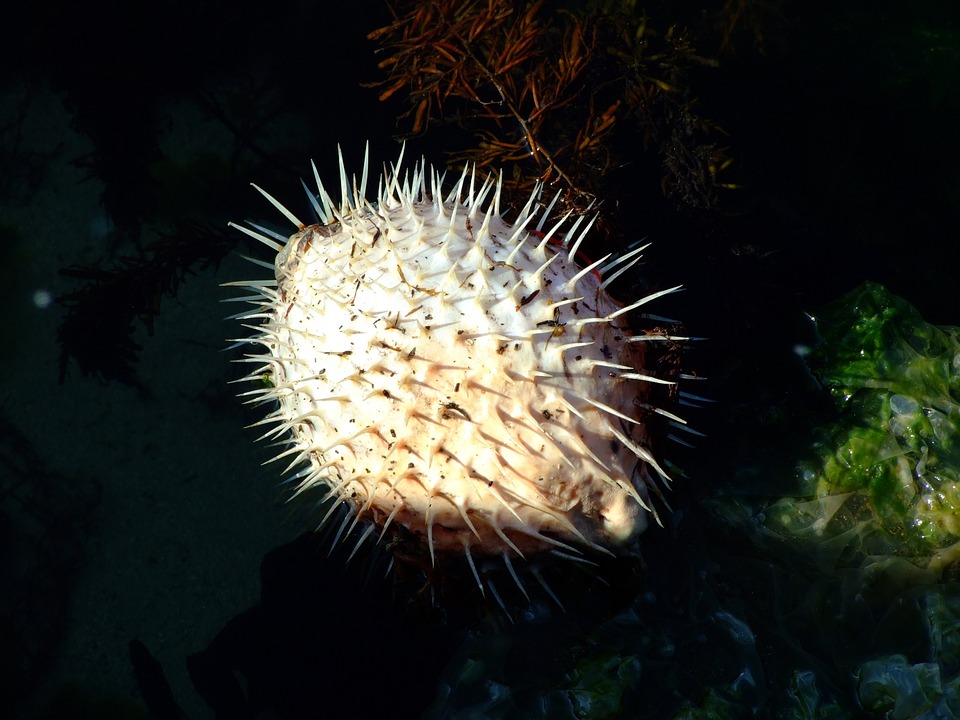
This is one of the most poisonous animals in the world, but unlike the previous ones, this doesn’t attack humans. Due to containing tetrodotoxin, a substance lethal to humans, the pufferfish could kill as many as 30 people. There are several species, from larger to smaller, all having an oval body, a dorsal and anal fin that allows them to move, and four very sharp front teeth. Some have the body covered with quills and, usually, they all change color depending on the environmental context in which they are found.
Pufferfish is a delicacy in Japanese cuisine. However, an expert doesn’t prepare it the right way, eating it could be very dangerous. The effects of its poison range from paralysis to death.
5. Tunnel Spider (Australia)
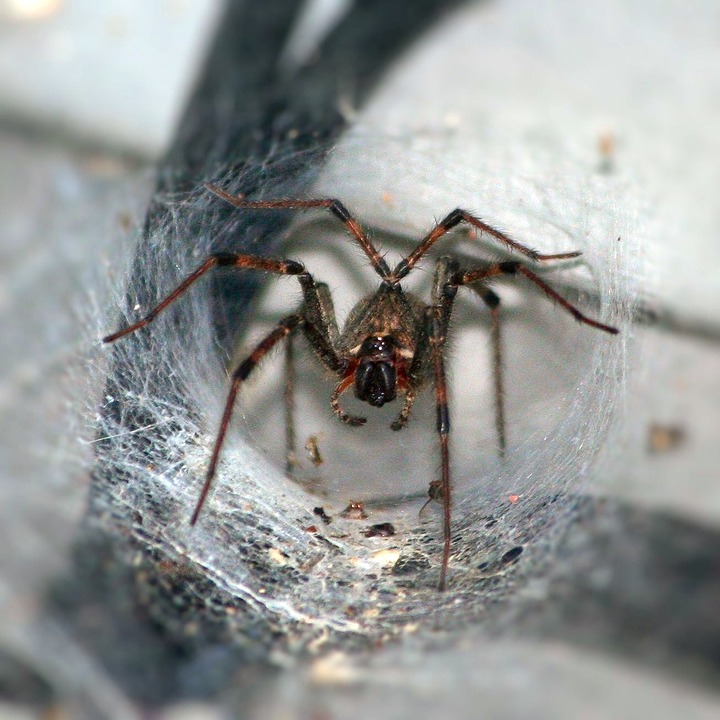
The Tunnel spider is widespread in Australia and can live even inside homes. It has two large fangs that cause extreme pain during the bite and is considered one of the most poisonous animals in the world.
However, in 1981 a powerful antidote to its poison was created, which put an end to the many deaths caused by its bite.
4. Blue-Ringed Octopus (Australian and Southeast Asian coasts)
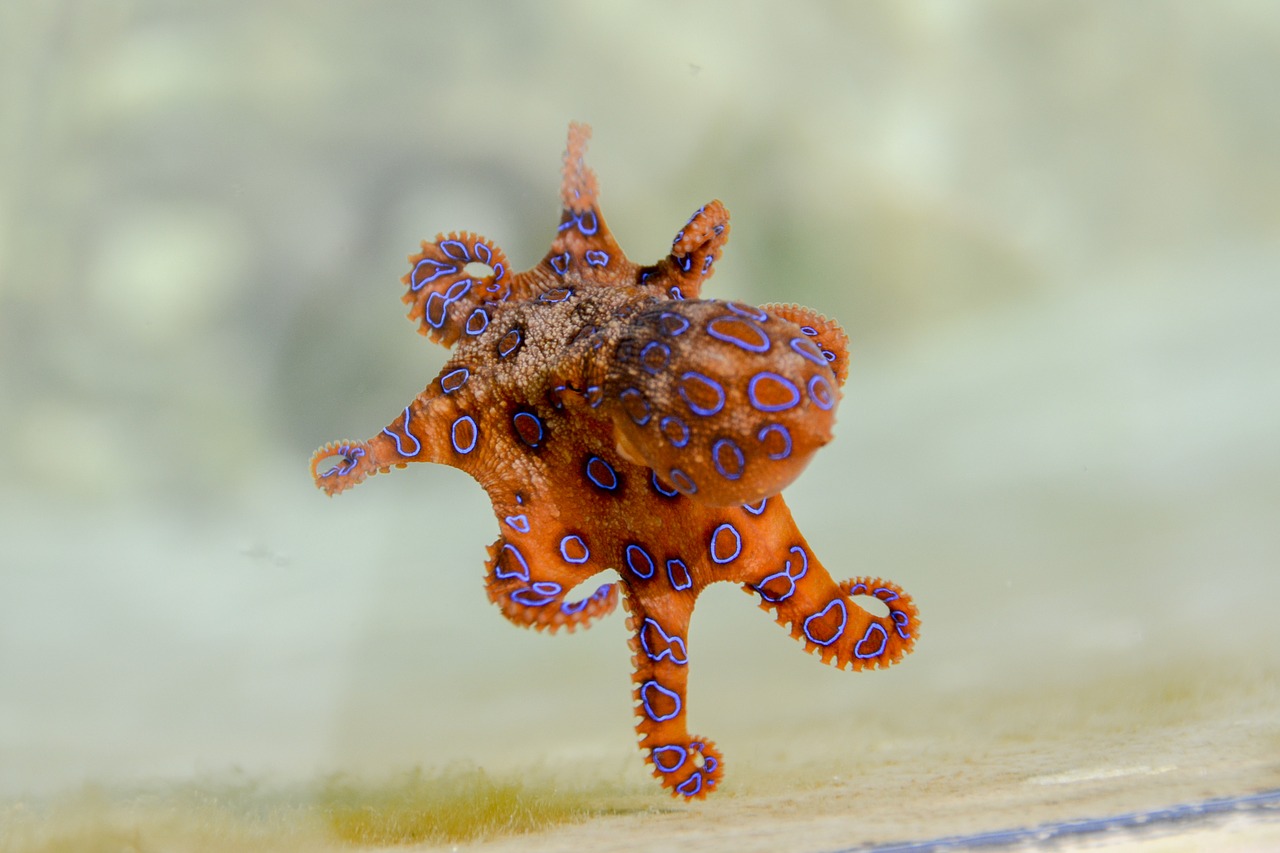
Similar in size to a golf ball, this type of octopus lives in shallow water and is very dangerous. In fact, it is much more poisonous than the cobra.
It has eight tentacles and usually has a brown-golden color. However, when it feels threatened by the foreign presence, it shows off the blue rings that completely cover its body. The bite is usually painless but causes nausea, blurred vision, paralysis, asphyxia, and cardiac arrest in no time. There is currently no antidote.
3. Poison Dart Frog (South and Central America)
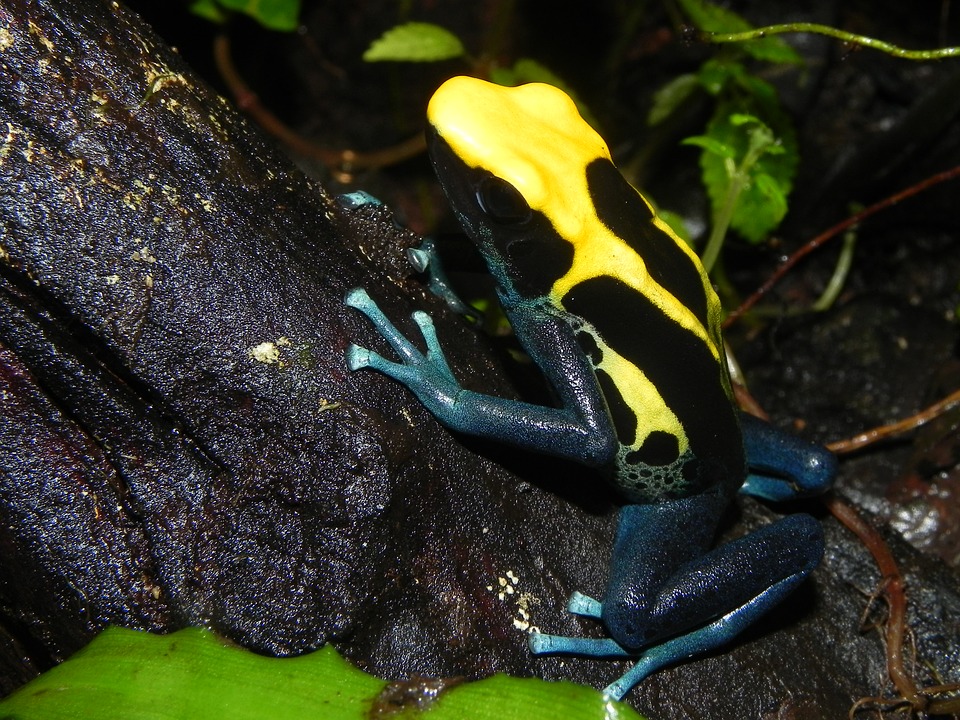
This type of grog is very poisonous, with enough venom to kill as many as ten humans in a very short timeframe.
They can have different colors and usually live in the rainforest in South America. The most poisonous species is the Golden poison. They are really very small, so it’s often difficult to even notice their presence.
2. Marbled Cone Snail (Tropical Pacific Area)
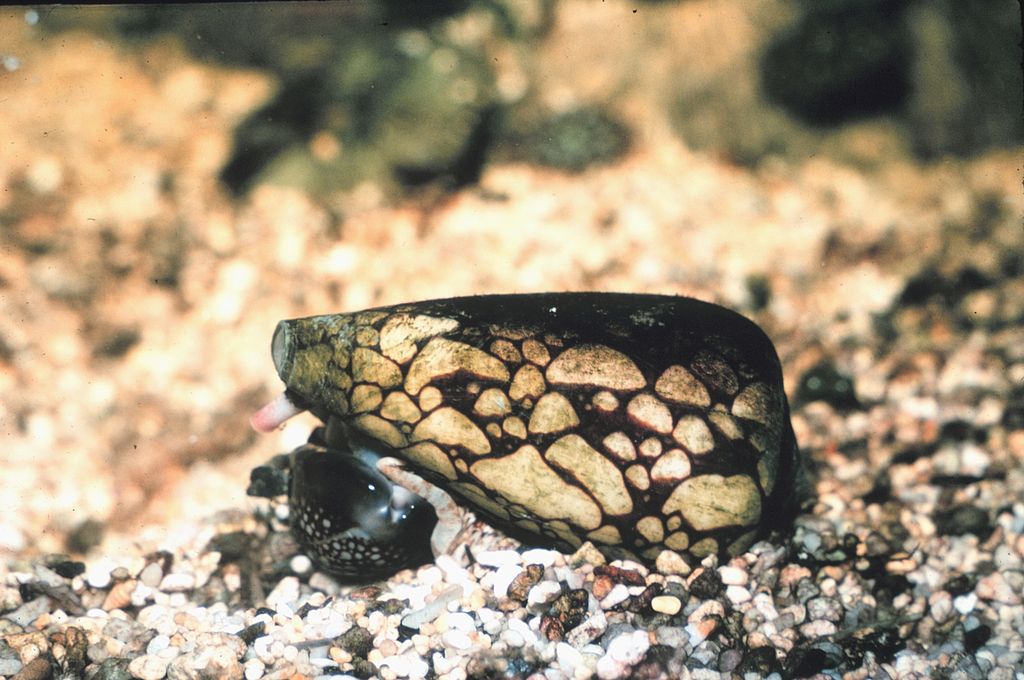
Although most of you would never think a snail can kill you, the Marbled Cone snail can. It’s actually one of the most poisonous animals in the world as it contains a venom that is ten thousand times more powerful than morphine, the well-known anesthetic we use today. It usually lives in shallow waters and looks very similar to a regular snail. It has a shell decorated with brown spiral motifs and an elongated shape.
It bites with its harpoon teeth which are over an inch long and its bite causes blurred vision, dizziness, respiratory failure, and cardiac arrest.
1. Medusa Cubozoa (Tropical Pacific Area)
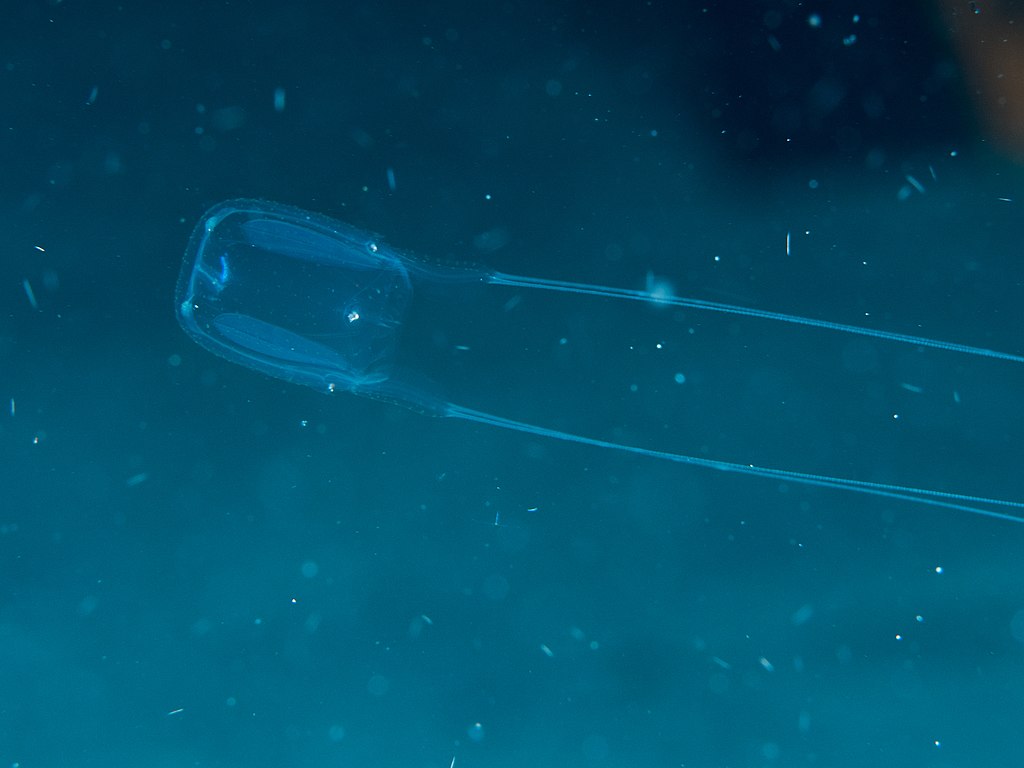
Very dangerous, this type of jellyfish can have tentacles up to three meters long and is by far the most poisonous jellyfish in the world.
Most of the encounters with the Cubozoa are not fatal, thanks to the contact area, which is very limited. However, its streak, apart from being very painful, also causes necrosis against which there’s still no effective remedy.
Check out these amazing hotel deals!
- Save up to 30% on your hotel in Hawaii!
- Last-minute holiday hotel deals
- Top hotel deals for a new year trip
- Visiting Paris? Find the Best Deals & Reviews at TripAdvisor.
- Save 30% on hotels in Ocean City, Maryland...a TripAdvisor Top 10 Summer Destination!
- Save up to 30% on your hotel on your Winter Vacation!
- Find top-rated hotels at the lowest prices on TripAdvisor. Check rates now!
- Save up to 30% on hotels for a romantic getaway!!
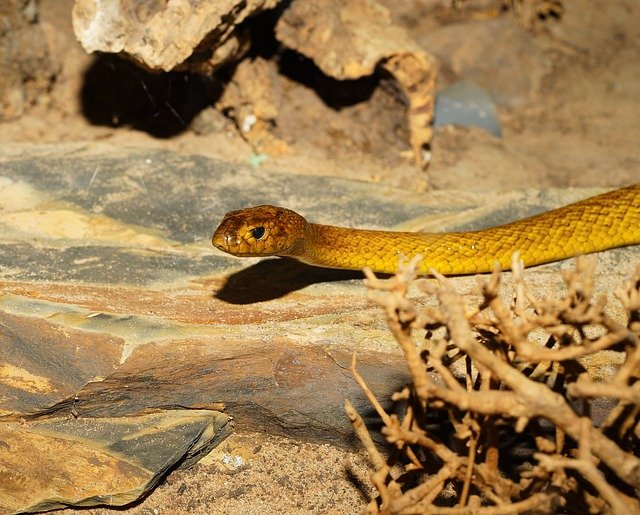





Find Us on Socials